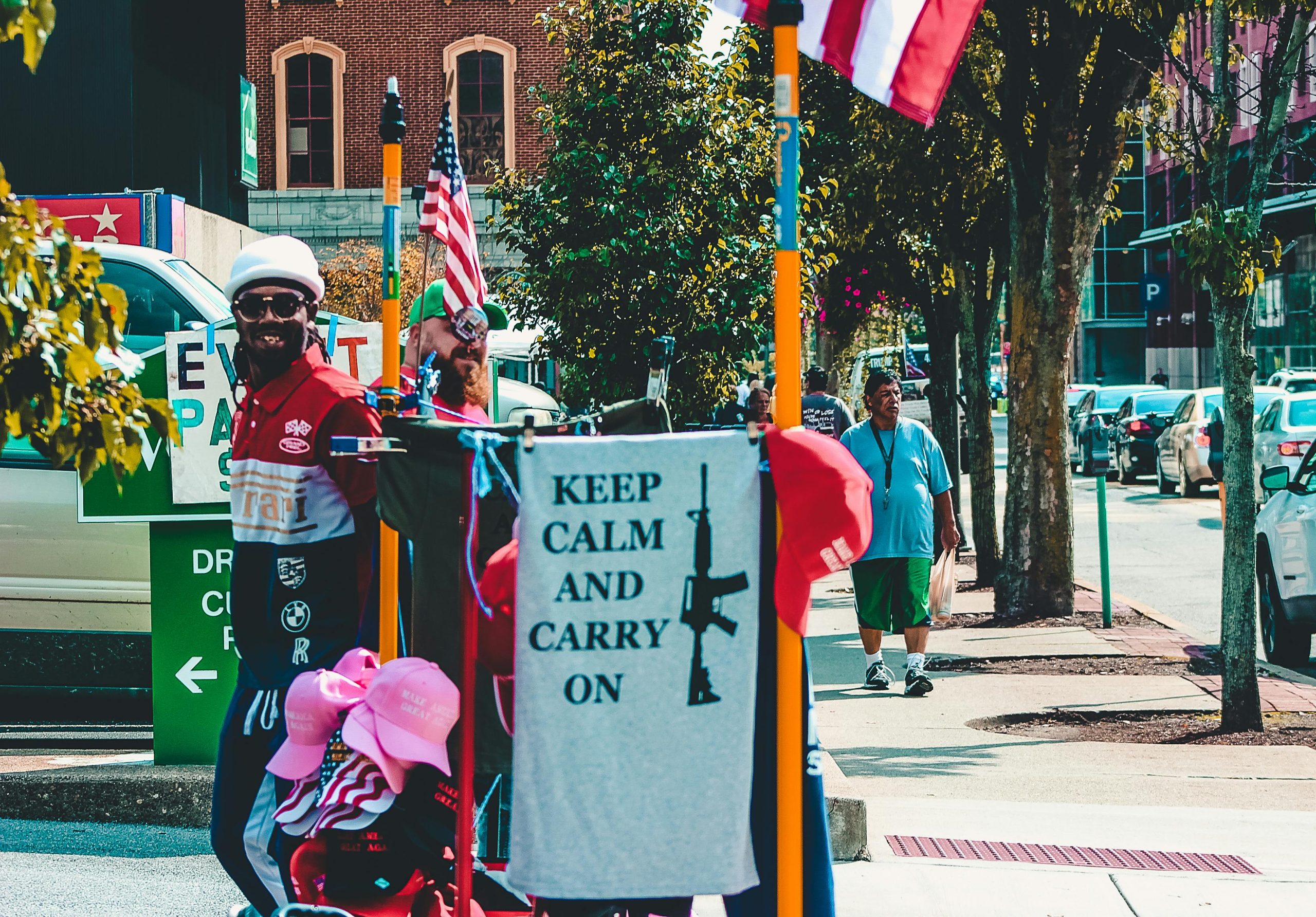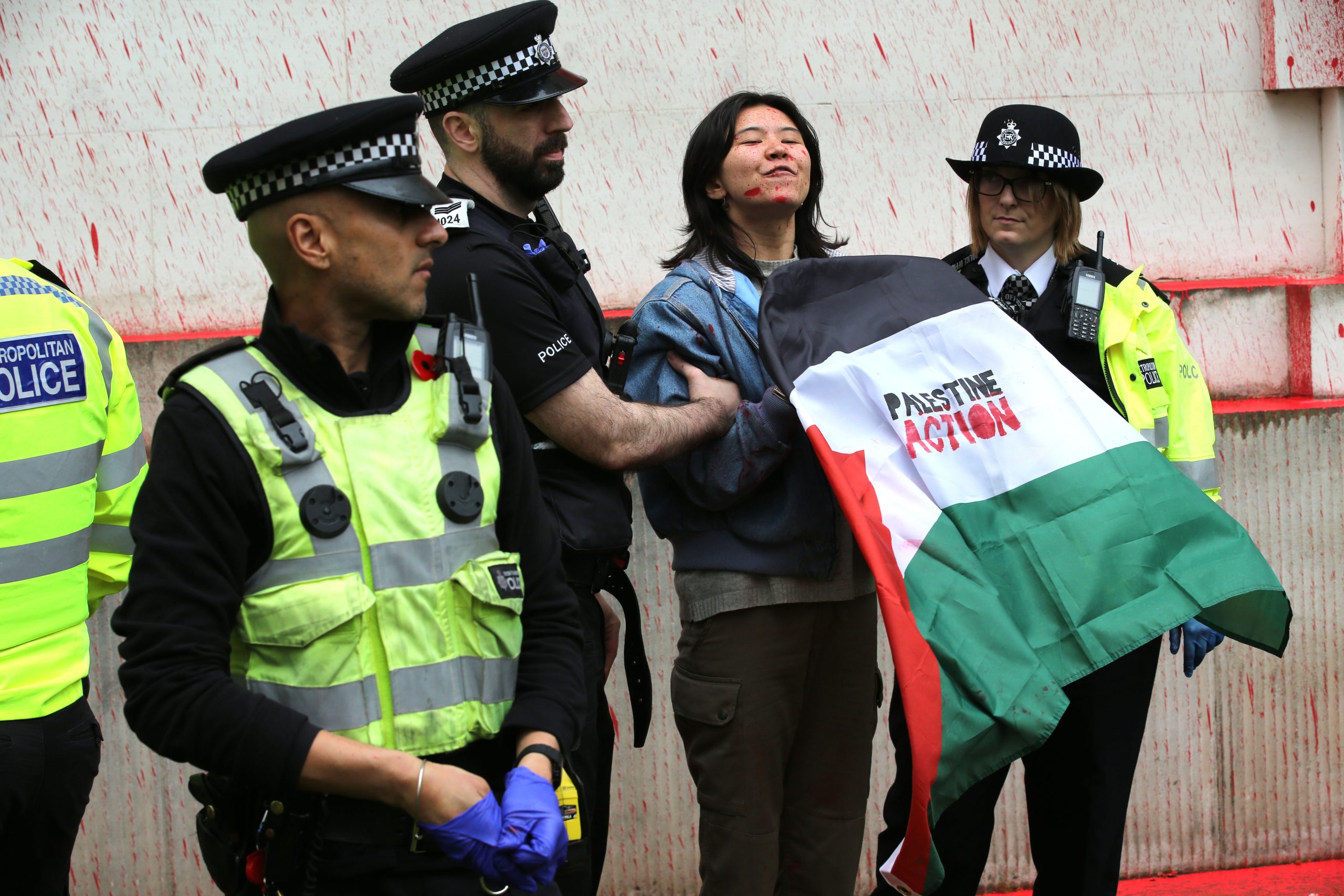Nine political activists accused of conspiracy to commit violent disorder were all found not guilty at Blackfriars Crown Court on Monday October 3rd. It took less than an hour for the jury to return its verdict on all defendants after an exhausting three week trial costing hundreds of thousands of pounds. Freedom was present in court to hear the result.
It was late in the afternoon, after the judge spent most of the day summing up, when the jury foreperson read out the nine unanimous ‘not guilty’ verdicts to a packed courtroom which erupted into wild applause from the public gallery, filled with family, friends and supporters, and the defendants who, looking visibly relieved, cheered and hugged each other.
This was the second of two trials brought against 23 people who were all arrested for their involvement in an anti-fascist mobilisation to protest against a Blood and Honour gig in 2009 in Welling South London. Blood and Honour is a pan-European music network of openly racist neo-Nazis promoting racial hatred and right wing ideology.
The nine were arrested as part of a massive police operation to charge as many people as possible for an incident on the evening of 28th March 2009 on the platform of Welling station. Despite intense provocation from the prosecutor, who attempted to bully his way through the evidence, the jury remained unconvinced that any of the nine had been involved in a conspiracy to commit violent disorder.
Violent disorder is part of public order law and is when three of more people use or threaten unlawful violence, conspiracy is when two or more people agree to commit an offence, in this case violent disorder. At no point throughout the trial was evidence presented by the prosecution that any agreement was made by any of the defendants to commit violent disorder. Indeed no evidence was presented in court that any of them had actually taken part in any violence or physical confrontation.
The incident on Welling station, which was captured almost in its entirety by the station’s CCTV camera and formed the backbone of the prosecution’s case, did not prove a conspiracy. The footage, which was shown repeatedly to the jurors throughout the trial, showed a group of anti-fascists waiting together on the station platform. All gave evidence that they were waiting for a comrade they knew to be arriving on the next train from London to take him back to central London with them. The protest against Blood and Honour they had imagined would be taking place outside the venue had not materialised and they gave evidence they felt unsafe to remain in such a hostile area, and wanted to return together to central London.
As passengers disembarked from the train at Welling two neo-Nazis were confronted by one anti-fascist. It is clear from the footage that this was a spontaneous and individual action by the anti-fascist who stated in court in the first trial he acted in self-defence. A couple of other anti-fascists came to his assistance and there was some physical confrontation. The incident itself lasted no more than twenty seconds, with one neo-Nazi being chased down the platform. Apart from the original punch only one other person was positively identified by witnesses as being part of the confrontation, both convicted in the first trial. Even then the eye witness evidence was questionable and challenged by the defence barristers in the second trial when it was shown that one eye witness was not actually present on the platform when the incident happened.
There was also an eye witness claim that the group had been picking up stones outside the station, which the prosecution had used as evidence of ‘preparation’ and agreement to attack the neo-Nazis. This again was successfully challenged by defence barristers in the second trial, firstly on the timing the witness claimed to have seen this (by this time the anti-fascists were already on the station platform) and by the fact stones were never actually mentioned by any other witness, or seen to be used on the footage.
It was at this point it became clear to those in court that the prosecution had no intention of presenting a case for conspiracy, but was relying solely on the video footage of that one incident, and the social connections of those involved. It is understood that it cost over £50,000 just to put all the video footage together; from the various people meeting at London Bridge station, travelling to Welling and walking through the streets to find the Blood and Honour gig. Prosecution evidence also included a breakdown of all the phone calls made by defendants to each other, text messages and even screencaps of their Facebook pages and statuses. Not one piece of evidence revealed a plan, a prior agreement or even awareness of what was to happen on the station platform. The total cost of the trial is estimated to run into hundreds of thousands of pounds.
The question is why when there was only evidence against two people involved in any physical confrontation did the CPS go on to attempt to prosecute 23 people? And perhaps a more revealing question why was there seven convictions for conspiracy from the first trial, when no evidence of conspiracy was ever presented in court?
Clearly this was a state operation to effectively neutralise the activities of those associated with militant anti-fascism. When people’s houses were raided some four months after the incident police took leaflets, stickers, newsletters, directly associated with militant anti-fascism, as the CPS attempted to build a case for guilt by political association. It was telling that the judge excluded a lot of this evidence in order to ‘depoliticise’ the events surrounding Welling [1], but perhaps more telling was that the anti-fascists on trial did not shy away from their beliefs and associations and presented with a great deal of clarity a political defence.
In the first trial the prosecutor simply presented to the jury the actions of the anti-fascists as guilt in itself, which got seven comrades convicted and six currently serving jail time. Attempting to do the same in the second trial he perhaps underestimated the willingness by those accused to express their reasons and defend their politics to a jury. It should be noted the prosecutor was not in court on the Monday to hear the verdicts being read out, which was seen as unusual.
Of the 23 original arrests, 3 were dropped before coming to trial, 13 were found not guilty and 7 were found guilty, six of whom are currently serving prison sentences of between 15 and 21 months (see below).
[1] This in no way should infer the judge was helping the anti-fascists, in fact the opposite was the case. In his summing up he made several direct personal comments about the incident, including declaring it a “cowardly attack” which could have be construed as leading the jury. It was the same judge who was in charge of the first trial and mentioned on several occasions his willingness to try the cases as acts of violence rather than as a political act. It’s interesting the jury in the second trial did not see it in the same way.








